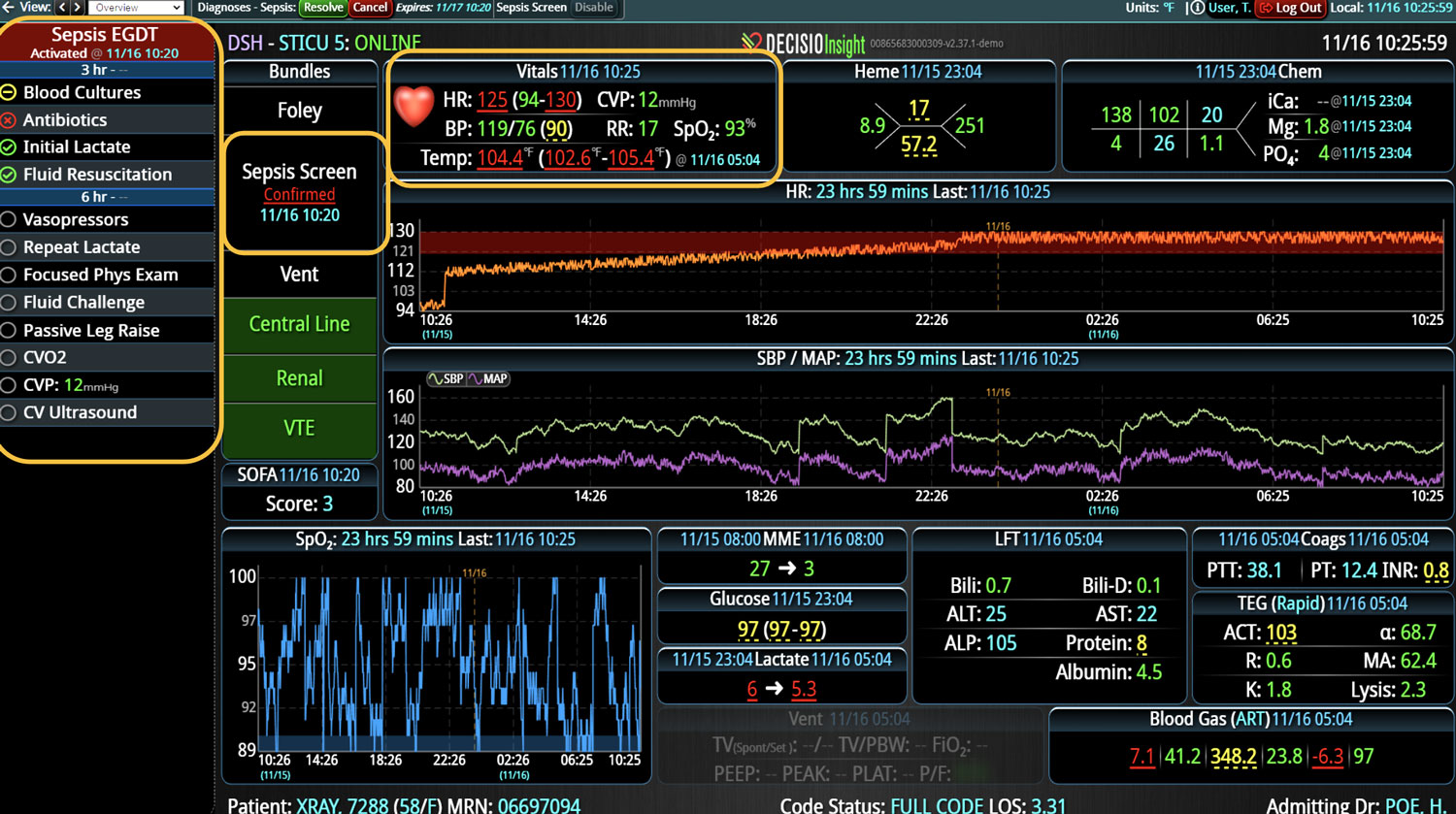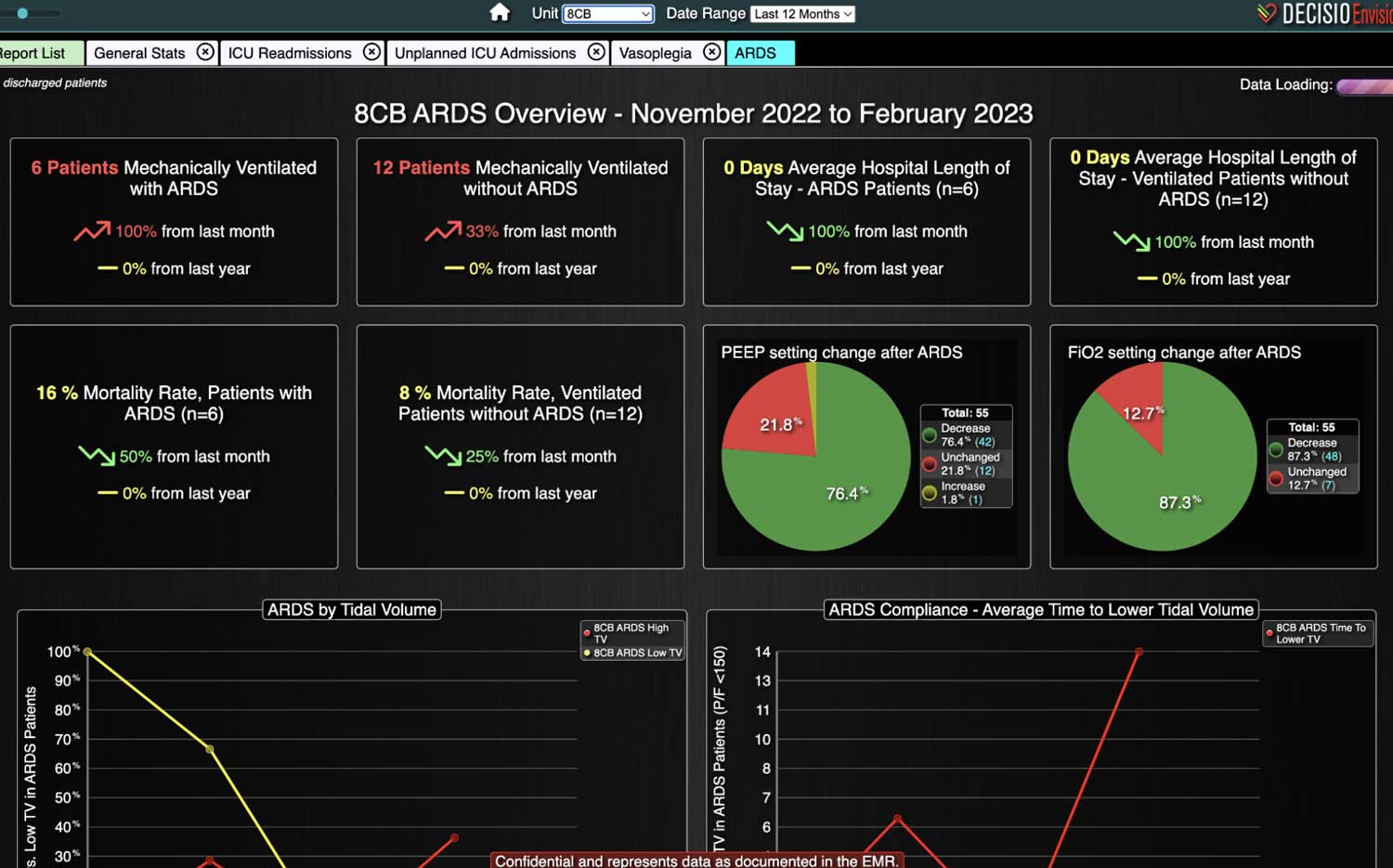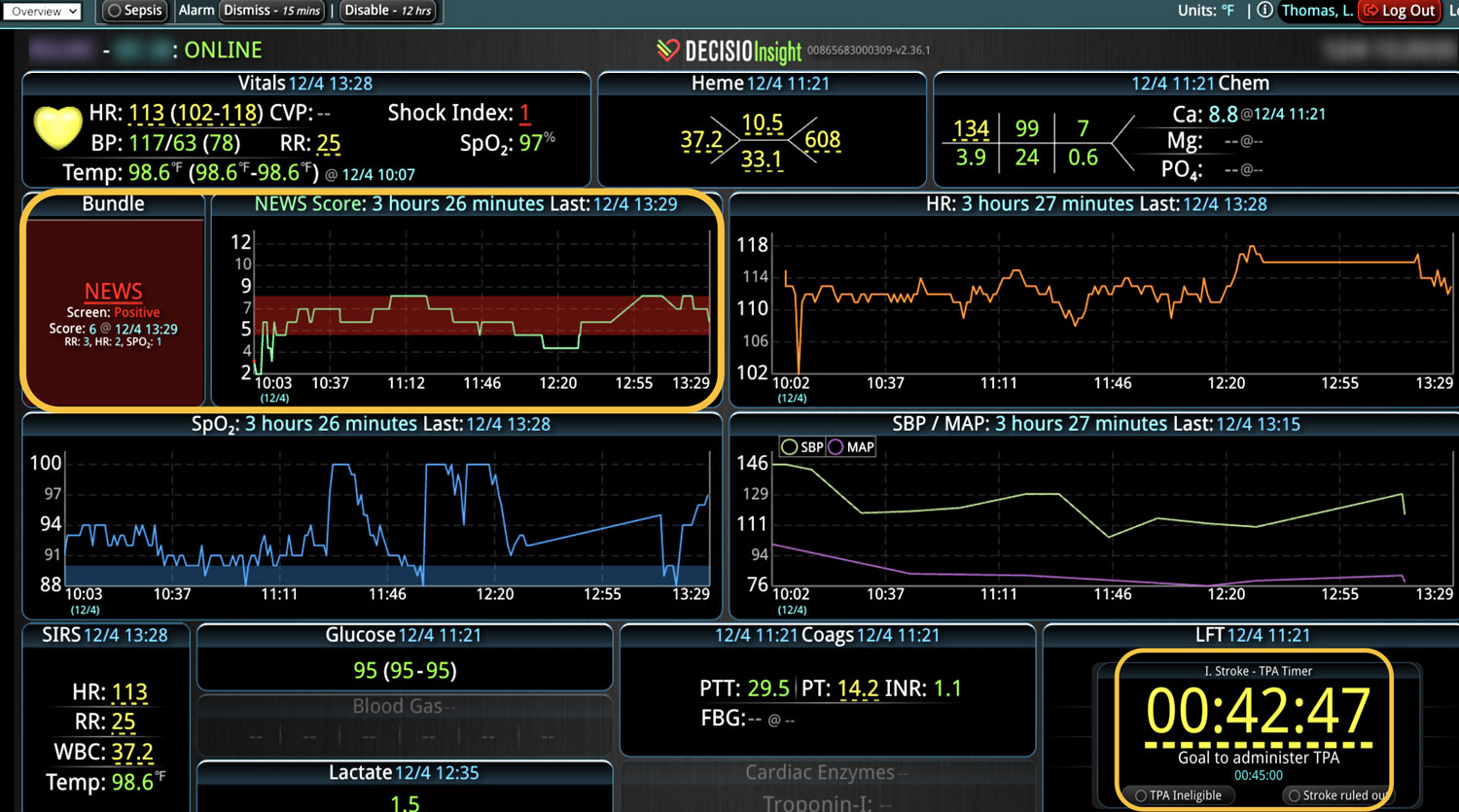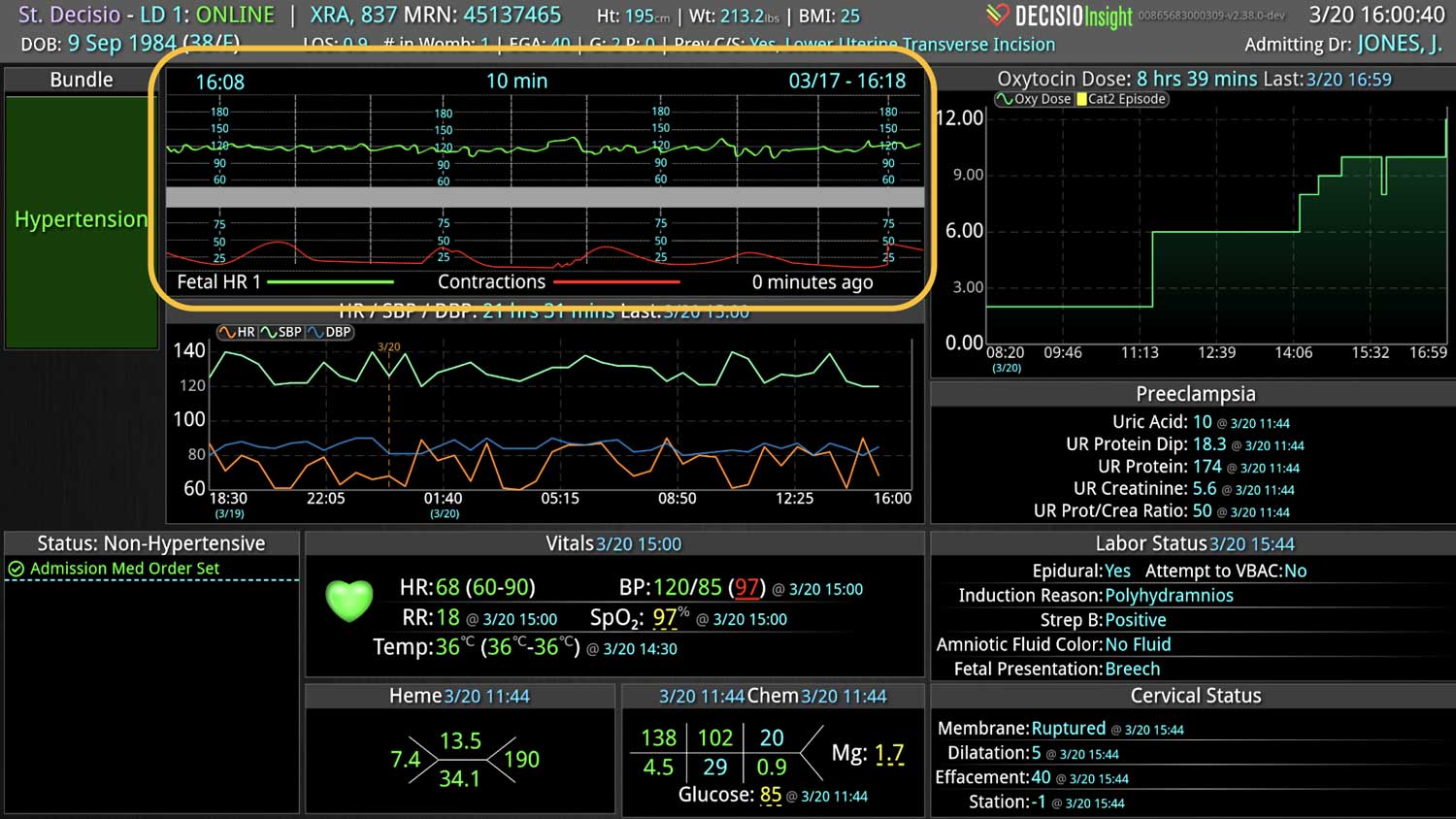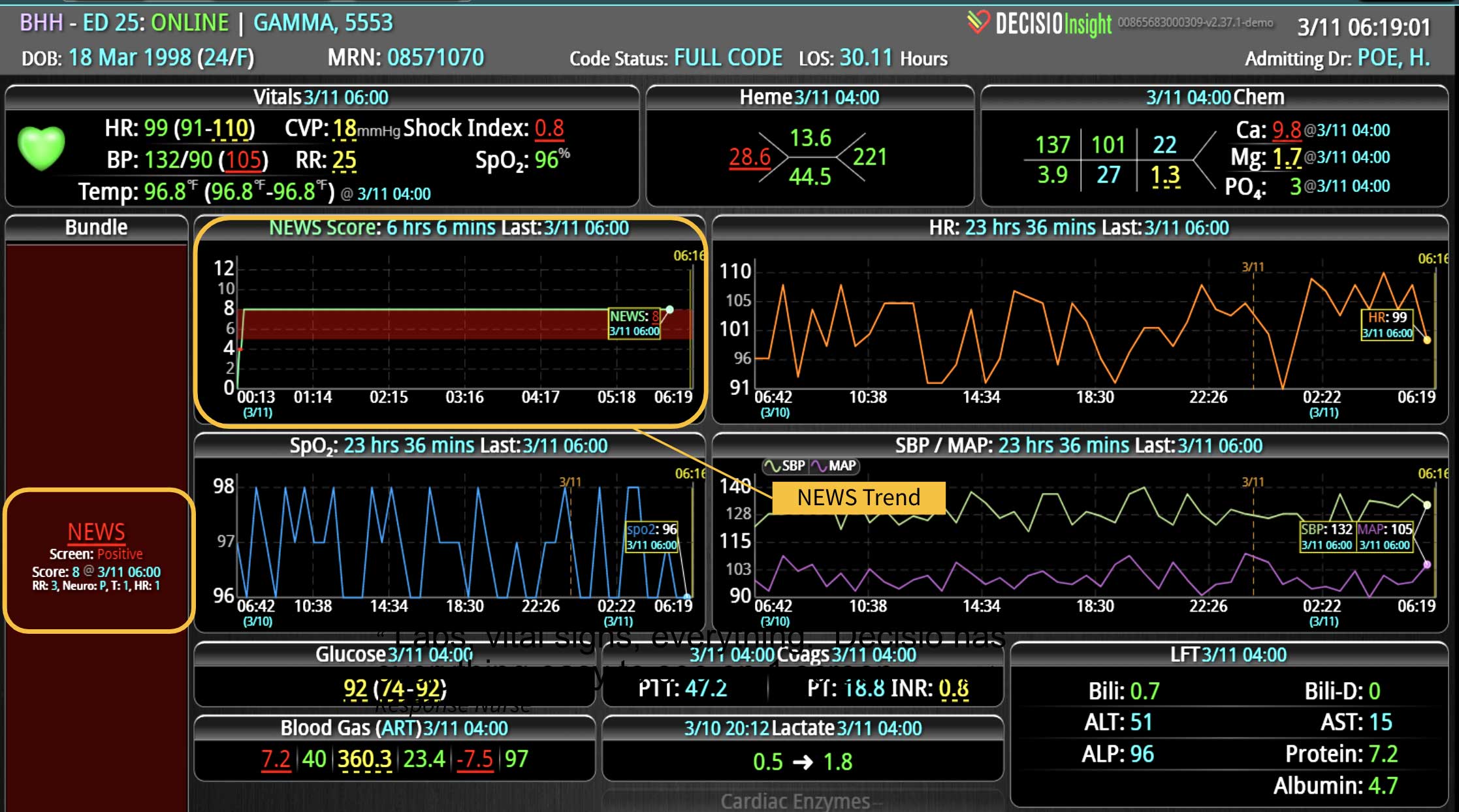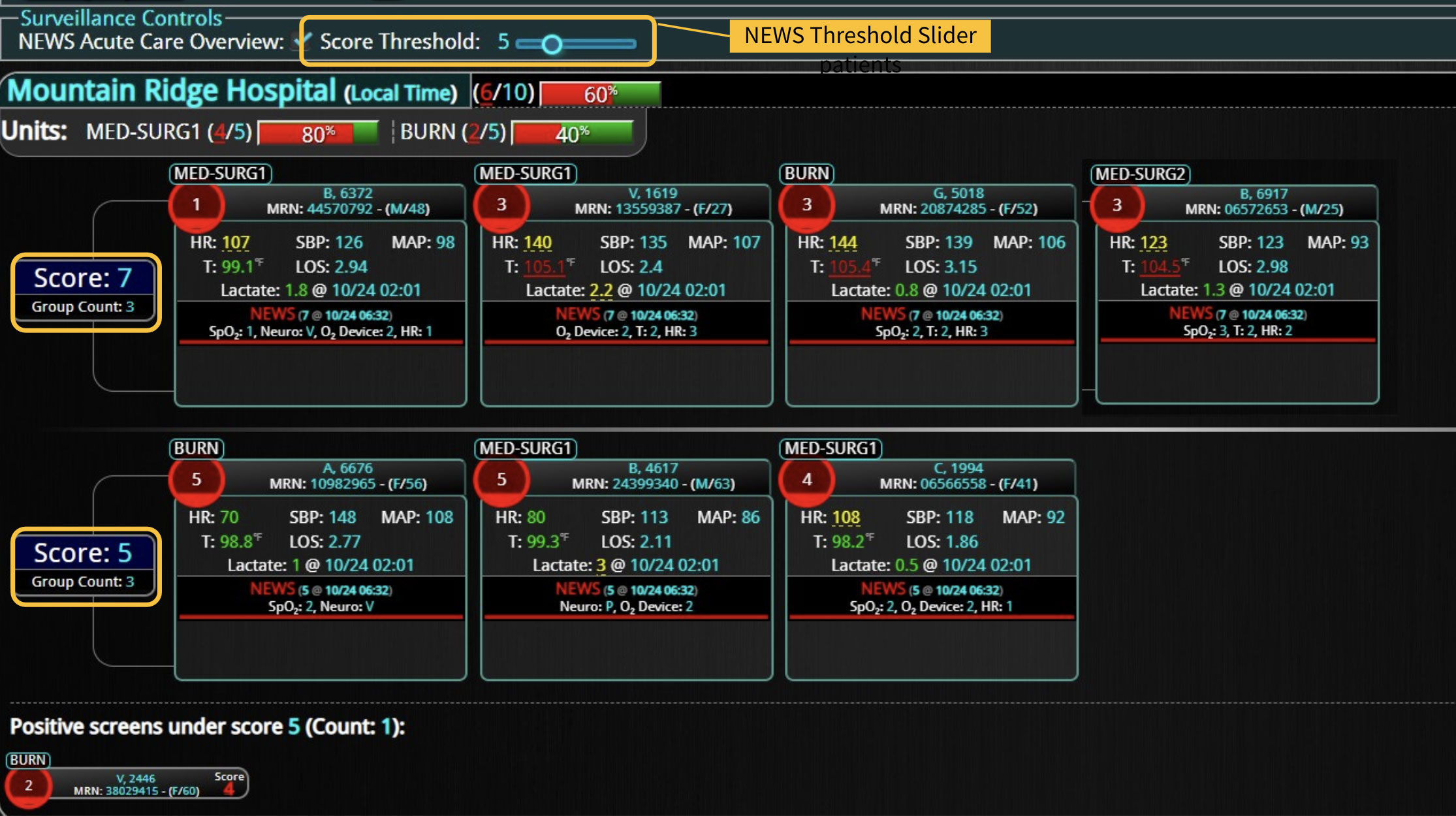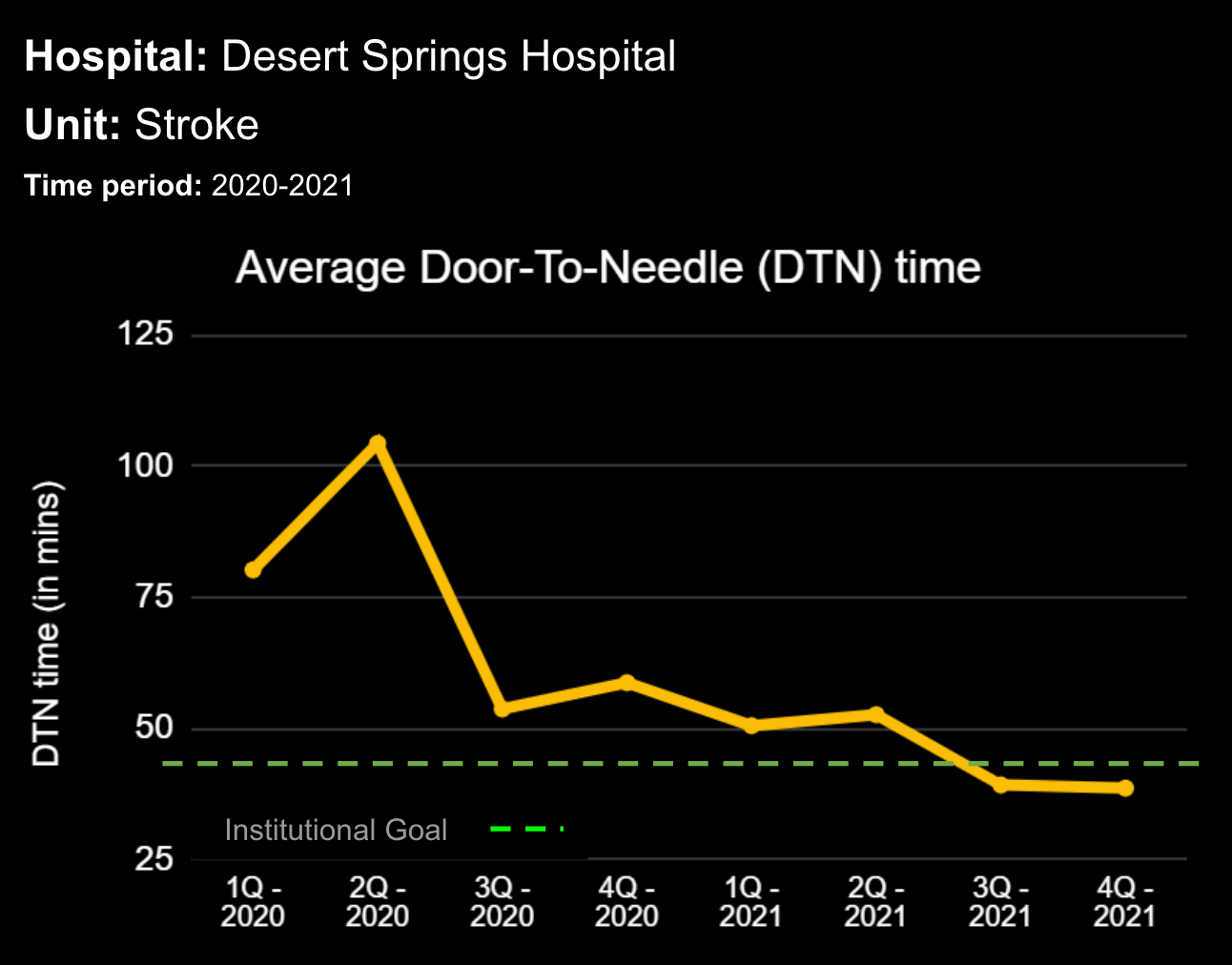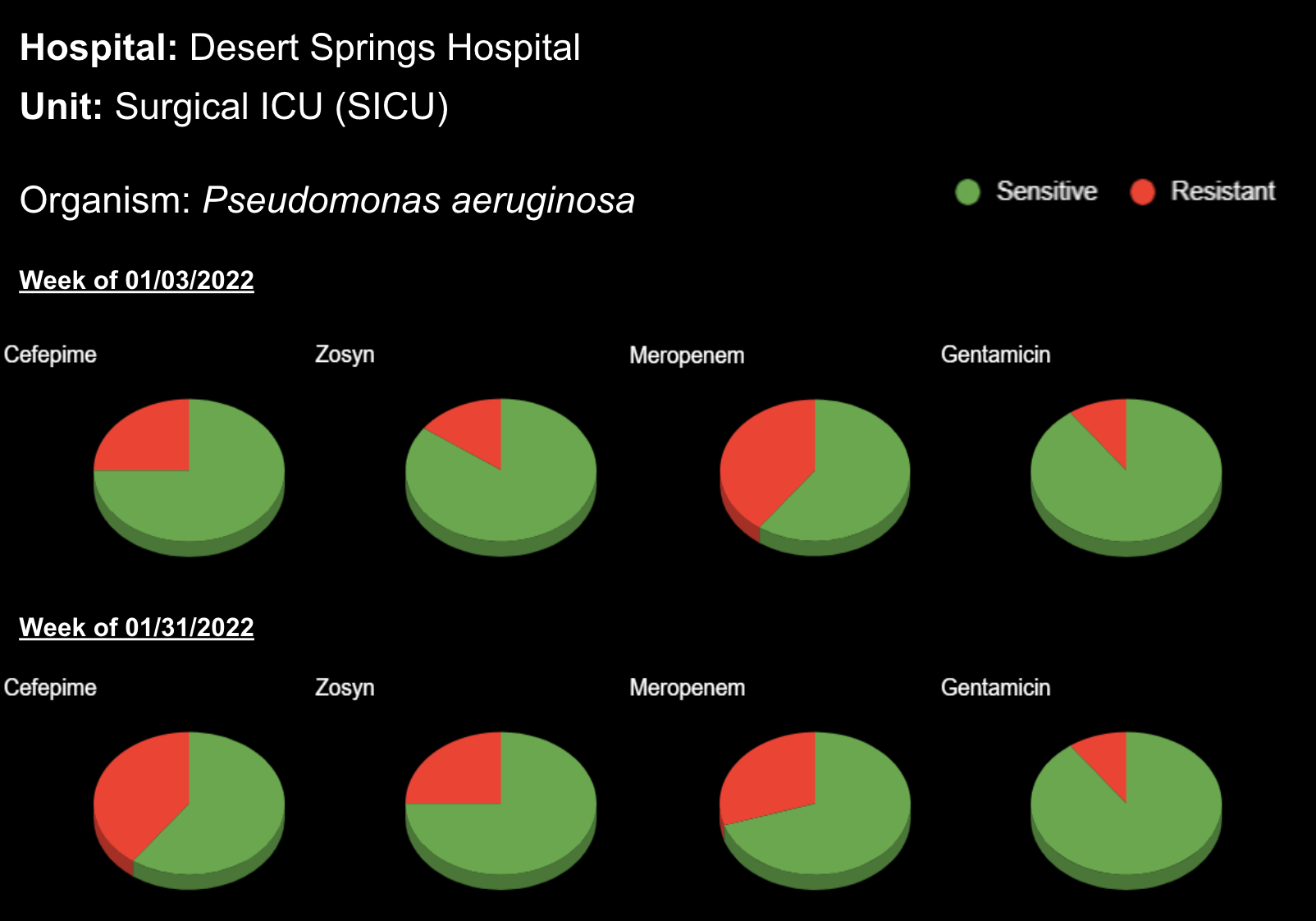08 May Patient and family-centered care: transforming care delivery in the intensive care unit
Patient and family-centered care (PFCC) has become an integral component of modern medicine. It is widely adopted in outpatient care settings, where it is improving the quality and efficiency of care while increasing patient and provider satisfaction. Additionally, CMS payment models, such as MACRA, are furthering adoption by tying physician payment to patient and caregiver experience and patient-reported outcomes. But how has PFCC fared in the intensive care unit (ICU)? In the ICU, emotions are heightened, decision making is rapid, family member involvement is high, and the risk of death is always looming. These challenges have contributed to slower adoption of PFCC in the ICU. Healthcare providers have traditionally been viewed as a risk-averse group with slow cultural transformation and resistance to workflow changes – particularly those directly affect care delivery. However, these behavior patterns are changing – even in the ICU. Shifting the paradigm More and more ICUs are now embracing PFCC. Traditional ICU environments are increasingly viewed as outdated and obstructive. It wasn’t that long ago that visitation periods only occurred twice daily, and physicians could round on a patient for days without ever meeting a family member. Status updates were shared with families only by nurses who had to piece...









